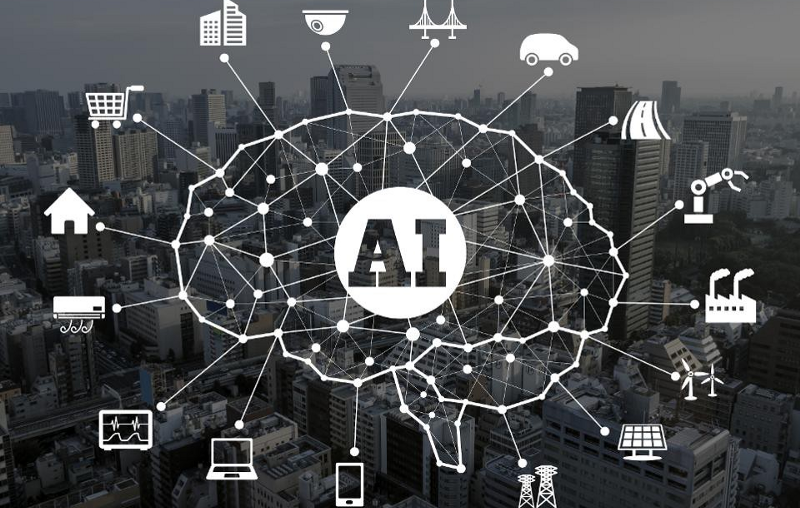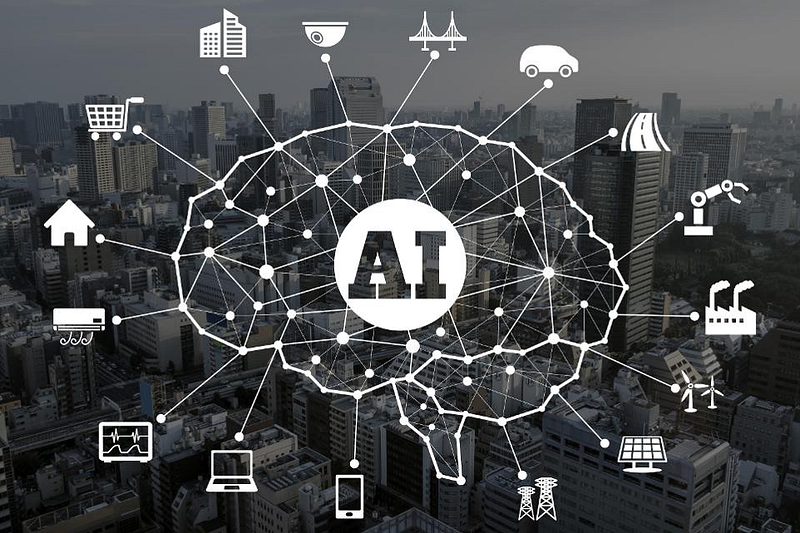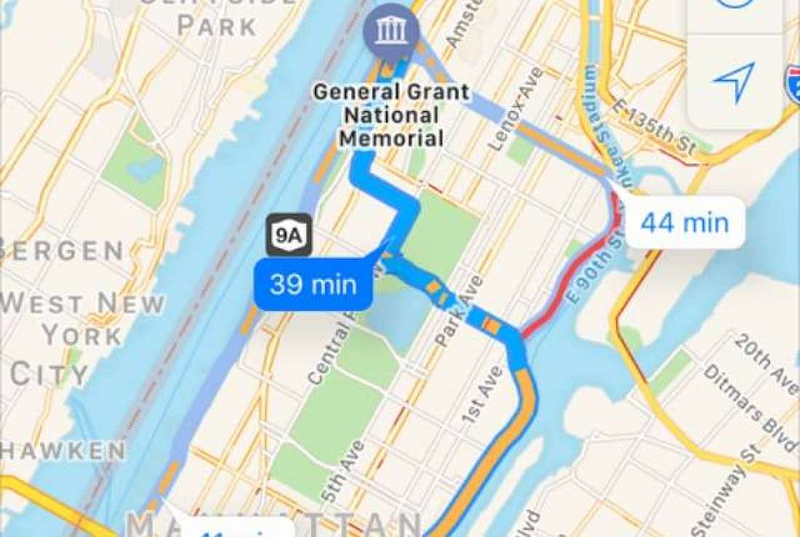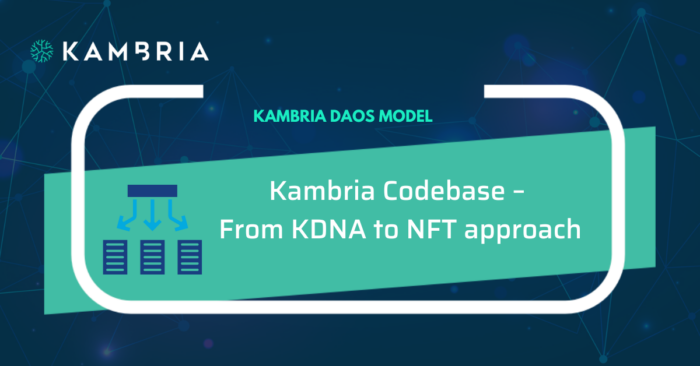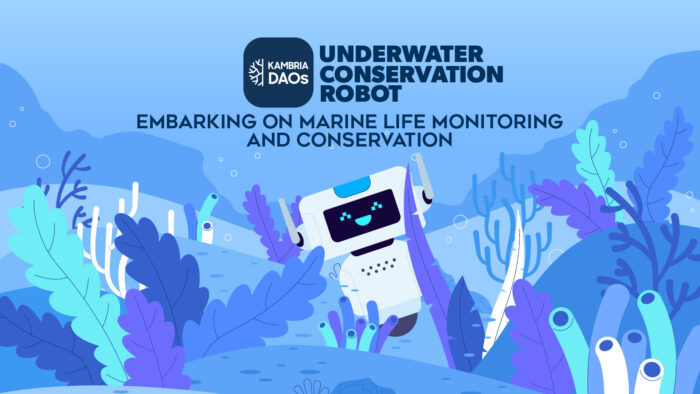In the world we live in today, we often hear about frontier technologies such as Artificial Intelligence (AI) and Machine Learning (ML), but many of us are not aware of how these technologies are affecting our everyday lives. Understanding the concept of potential is evident for most, but let’s take a look into how they’ve already changed the world we live in today. How are these technologies being applied currently. What are some real world applications of AI, and where do we go from here?
One of the most impactful examples in the application of these technologies is built right into our smartphones. In the years preceding the application of AI and machine learning, in order to travel, most people had to rely on ordinary maps. The next phase of technology was the implementation of such internet technologies such as MapQuest, but today, apps such as Google Maps, Apple Maps, and Waze have dominated the navigation industry. These apps wholly rely on the use of complex algorithms based on AI and machine learning. Location data, traffic information, and other various forms of data are used in calculating the fastest possible route to your destination. Additionally, with the creation of autonomous vehicles, self-driving cars utilize this same technology, except it is applied in conjunction with other data inputs to prevent collisions. Examples of this are real-time monitoring of other vehicles, pedestrians, traffic flow, and road hazards.

Does your e-mail provider have a spam filter? AI has you covered. Google’s spam filter touts an impressive 99.9% success rate for catching spam, and Google has even taken it one step further. With the development in AI, Google has been able to apply these same technologies to categorize different kinds of emails into different inboxes to provide you a more desirable and user-friendly experience.

These are just a few examples of how AI has radically changed the world we live in. Learning algorithms have been applied to just about every area in this digital age from the ads you see to your mobile banking check deposit. Grading papers, credit decisions, fraud detection, object recognition, facial recognition, and voice recognition are just some of the other ways these technologies are being applied that do, in fact, affect our everyday lives.
With Moore’s Law in full effect, advances in computing power have allowed the application of AI to robotics to create complex reasoning ability and logic, vastly improving the capabilities of modern day robots. Kambria’s approach to this application is multi-faceted. In addition to applying AI to robotics to create more complex reasoning capabilities, the Kambria Open Innovation Platform will use an incentivized platform to promote innovation and collaboration in AI development, where developers receive rewards for their contributions. Rather than have siloed and fragmented libraries, these newly developed AI frameworks will be openly shared across the Kambria Platform.Open-source innovation drastically cuts down on the wasted effort that silos create, and by allowing these frameworks to be easily applied to new innovations being built on the Kambria Network, innovators no longer have to double their efforts for work that has already been completed by other innovators. This modular and plug-and-play approach will significantly reduce the cost, time, and effort to develop the new technologies that will radically shape our tomorrow.
For more information on the Kambria Open Innovation Platform, visit our website at https://kambria.io. Want to learn more about real world applications of AI? Check out this article about AI virtual assistants.
The Kambria Team
Telegram (ENG) Telegram (KOR) Telegram (VIE)
Email: info@kambria.io
KAT is sold to be used on the Kambria platform.
